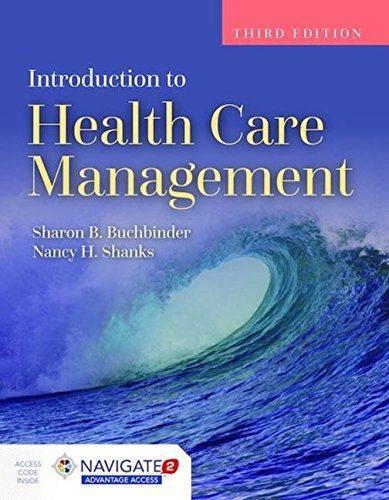Question
;line-height:107%;mso-fareast-font-family:Times New Roman; mso-bidi-font-family:Calibri Light;mso-bidi-theme-font:major-latin; mso-fareast-language:EN-IN'> Operational Research: Draw the network diagram for the following project as shown in the Schedule. 1. Number the events
Draw the network diagram for the following project as shown in the Schedule.
1. Number the events by Fulkersons rule.
2. Find the Earliest and Latest time for each activity.
3. Find the critical path.
4. Find the time for completing the project.
Sol80:
Sure, here is an explanation of how to complete each step:
- Number the events by Fulkerson\'s rule:
To number the events using Fulkerson\'s rule, you first need to identify the start and end points of the project. In this case, the start point is event 1 (Initiation) and the end point is event 7 (Project Completion).
Next, you can number each event in between using the following rules:
- The first event in a sequence is given the number of the previous event plus one
- The remaining events in the sequence are given the highest number of any previous events in their predecessors list, plus one
Using these rules, we can number the events in the following way:
- Initiation
- Event 1.1
- Event 1.2
- Event 2
- Event 3
- Event 4
- Project Completion
- Find the Earliest and Latest time for each activity:
To find the earliest and latest time for each activity, we need to use forward and backward pass calculations.
Forward pass: We start at the beginning of the project and calculate the earliest start and finish times for each activity. We can use the following formulas:
- Earliest start time = maximum of the earliest finish times of all preceding activities
- Earliest finish time = earliest start time + duration of activity
Using this method, we can calculate the following earliest start and finish times:
- Event 1.1: ES = 0, EF = 2
- Event 1.2: ES = 2, EF = 4
- Event 2: ES = 4, EF = 10
- Event 3: ES = 4, EF = 11
- Event 4: ES = 11, EF = 18
- Project Completion: ES = 18, EF = 18
Backward pass: We start at the end of the project and calculate the latest start and finish times for each activity. We can use the following formulas:
- Latest finish time = minimum of the latest start times of all succeeding activities
- Latest start time = latest finish time - duration of activity
Using this method, we can calculate the following latest start and finish times:
- Event 1.1: LS = 0, LF = 2
- Event 1.2: LS = 2, LF = 4
- Event 2: LS = 4, LF = 10
- Event 3: LS = 5, LF = 11
- Event 4: LS = 12, LF = 18
- Project Completion: LS = 18, LF = 18
- Find the critical path:
The critical path is the longest path through the network and represents the minimum time needed to complete the project. It is determined by finding the activities with zero slack (i.e. the activities where the earliest start time equals the latest start time).
Using the earliest and latest start times calculated above, we can see that the critical path is:
- Event 1.1
- Event 1.2
- Event 2
- Event 4
- Project Completion
- Find the time for completing the project:
The time for completing the project is the duration of the critical path. In this case, the duration is:
- Duration = EF of Project Completion - ES of Event 1.1 = 18 - 0 = 18 days
So the time for completing the project is 18 days.
Step by Step Solution
There are 3 Steps involved in it
Step: 1

Get Instant Access to Expert-Tailored Solutions
See step-by-step solutions with expert insights and AI powered tools for academic success
Step: 2

Step: 3

Ace Your Homework with AI
Get the answers you need in no time with our AI-driven, step-by-step assistance
Get Started


